Women
-
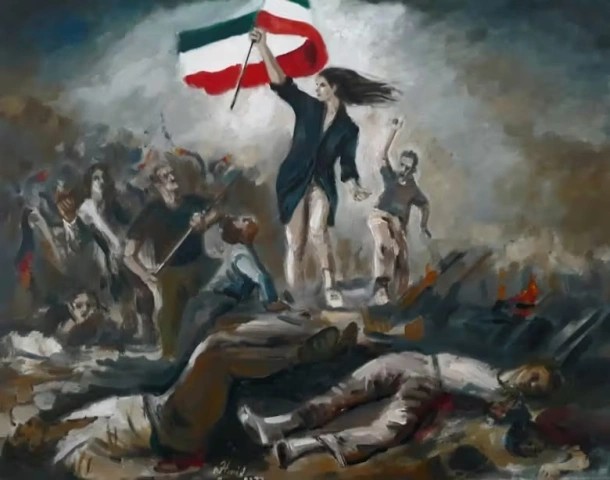
Iran on the Brink: War, Fascism, and the West’s Hypocrisy
•
The people in the West, standing up for Palestine over the past year, are doing something important. It’s true, some of them also hold racist and Orientalist views, supporting Islamic fascism without realizing it. But for us Iranians, the fight against Islamic fascism and the struggle for Palestinian liberation are…
-
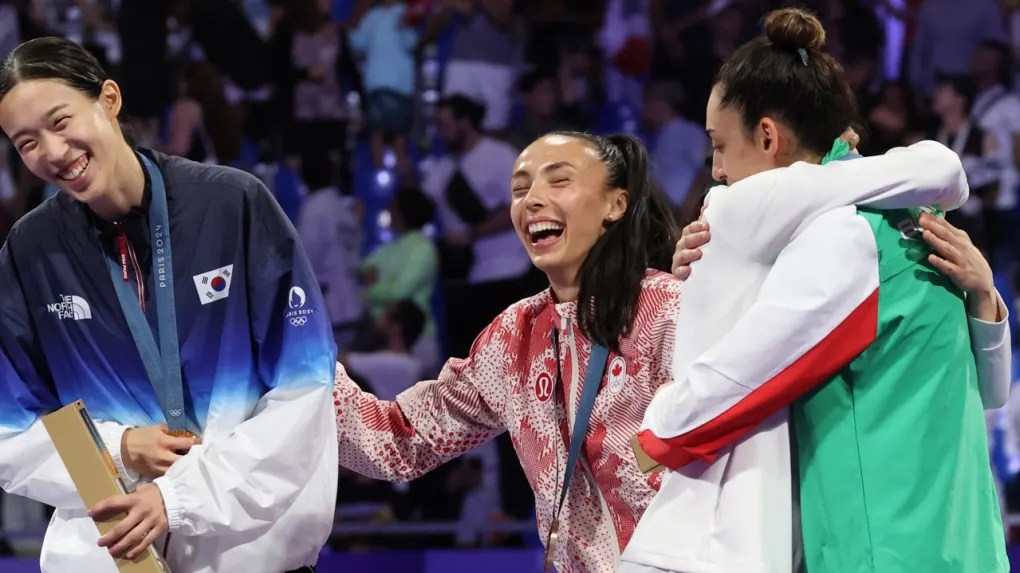
The Story of a Nation? A Country? A People?
•
I struggle to find the right title, perhaps because these words—nation, country, people—have lost their weight, their truth. For many of us, they are no longer symbols of pride or belonging. This isn’t just because I’ve wandered for over 12 years, moving from one place to another, but because the…
-

The Book of Fate: Heartbeats of Resistance and Sacrifice
•
A friend’s request for English translations of Persian literature led to a search highlighting Iranian women writers, focusing on themes of resistance and struggle. A notable work is “The Book of Fate” by Parinoush Saniee, a novel depicting Iran’s social history from the 1970s to present. It follows Massoumeh, a…
-
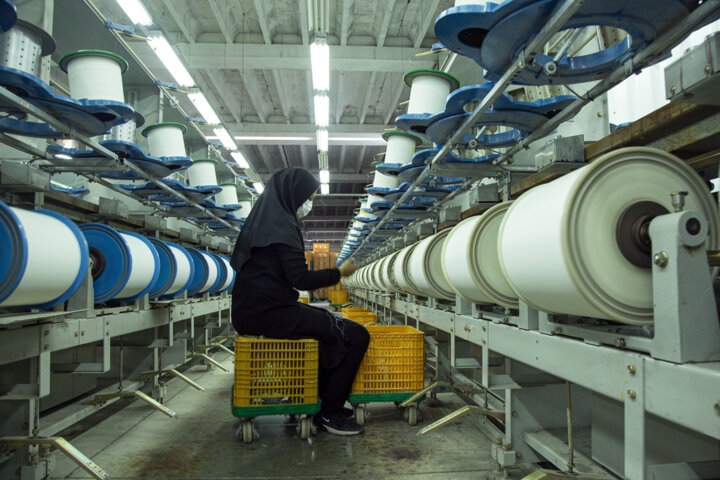
Wallet and Gender: Understanding Women’s Economic Marginalization in Iran
•
The Iranian centrist newspaper, Ham Mihan, has highlighted the issue of women’s employment in a recent report. Despite Iran having one of the highest numbers of female university students and graduates in the region, their participation in the labor market and economy remains lower than in most neighboring countries. The…
-
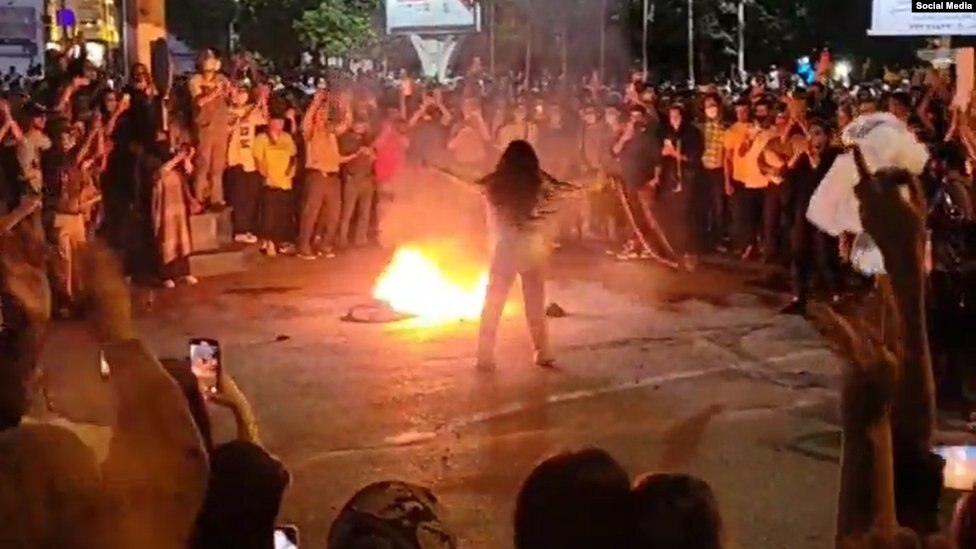
From Faith to Secularism: Shifting Attitudes in Iran
•
A nationwide government survey conducted in the 2024 winter shows a significant shift among Iranians away from the ruling ideology and towards a secular system. According to the national survey “Values and Attitudes of Iranians,” which is classified and has not been made public, an overwhelming majority of participants support…
-
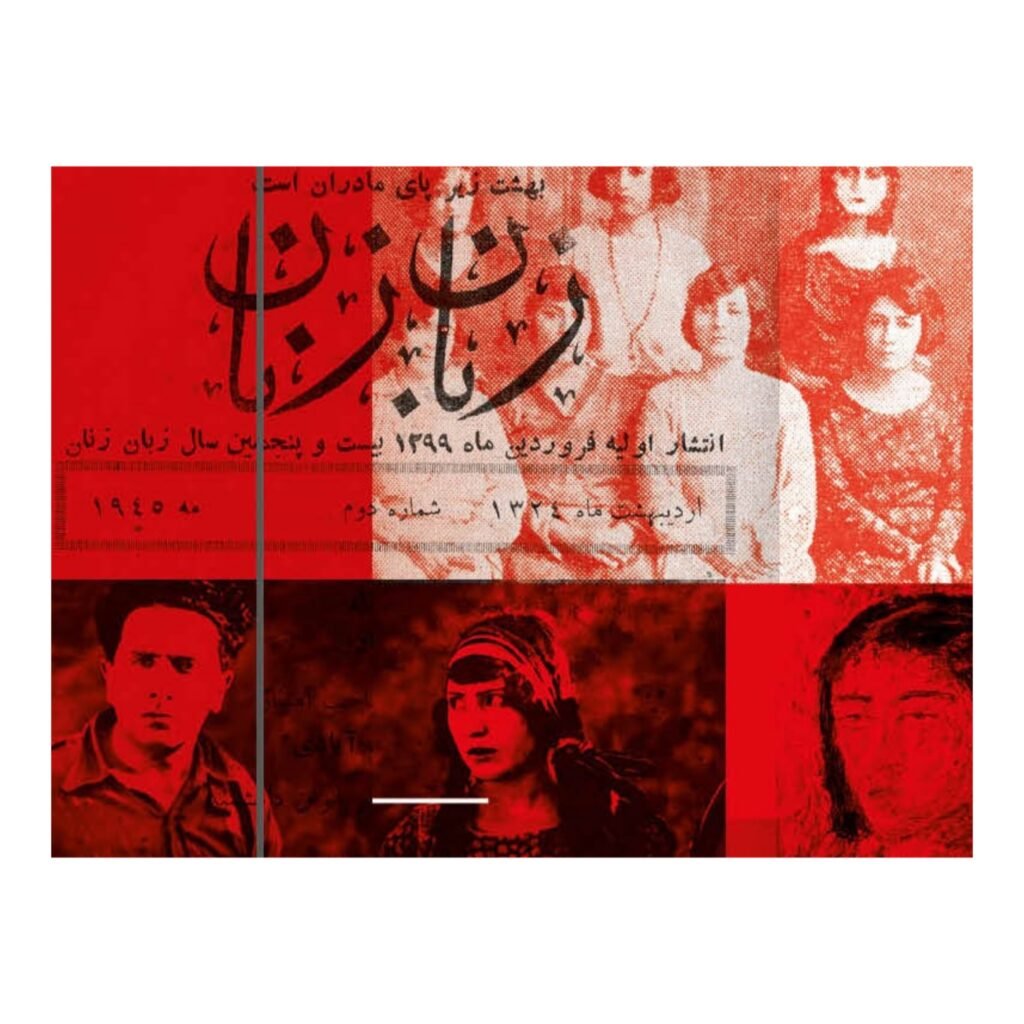
Iranian Women in a Century’s Frame
•
In the early 20th century, Iran’s neutrality in World War I was undermined as it became a battleground for Russian, British, and Ottoman forces, leading to social upheaval, famine, and epidemics. Post-war, Iranian women began advocating for their rights, exemplified by Sediqeh Dowlatabadi’s magazine “Zaban-e Zanan” and protests by the…
-
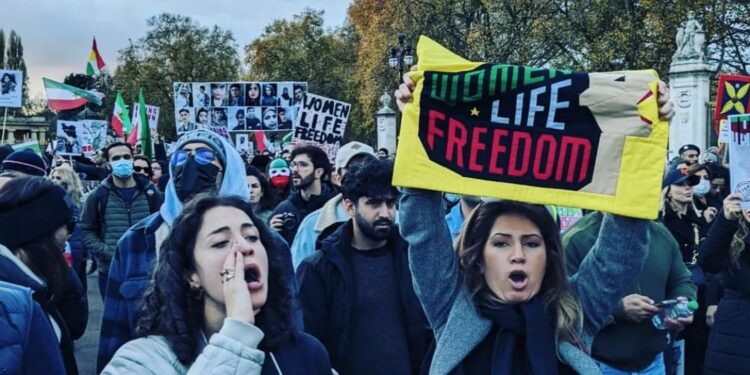
Gender Dynamics in Authoritarian Islamic States
•
From “Life as Politics: How Ordinary People Change the Middle East by Asef Bayat.” A book about struggles for social change in the Muslim Middle East, mostly focused on Iran and Egypt but with scattered references to other countries as well. The first edition was written not long before the…
-
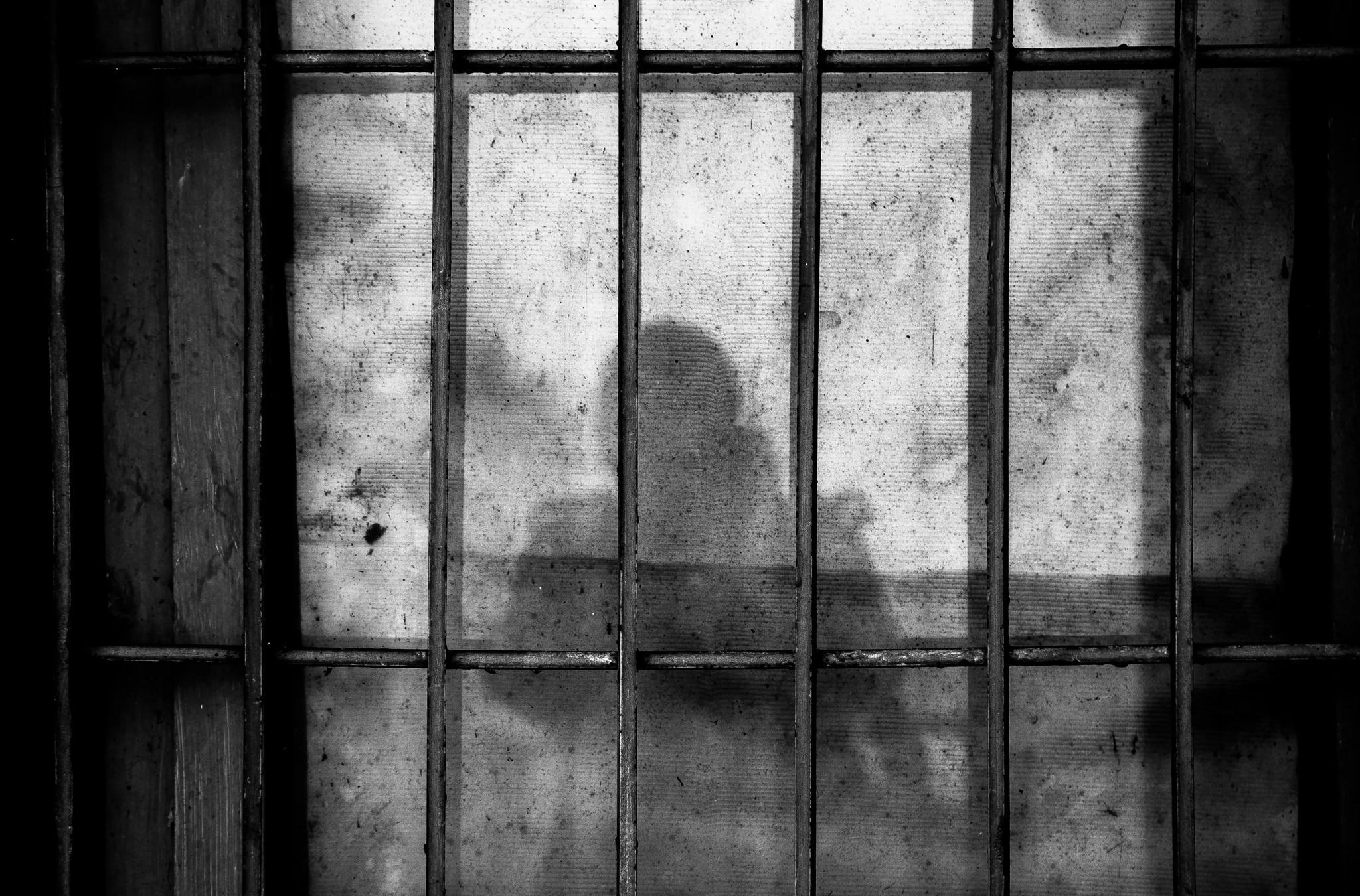
How Iran’s Political Prisoners Are Driven to Suicide
•
Dalia Andam, a 15-year-old Kurdish protester from Sanandaj, tragically ended her life after rejoining protests and receiving threats from law enforcement. On November 17, 2022, Dalia was shot with 25 pellets during a protest, further attacked later, and her family avoided hospitals for fear of arrest. She rejoined protests but,…
-
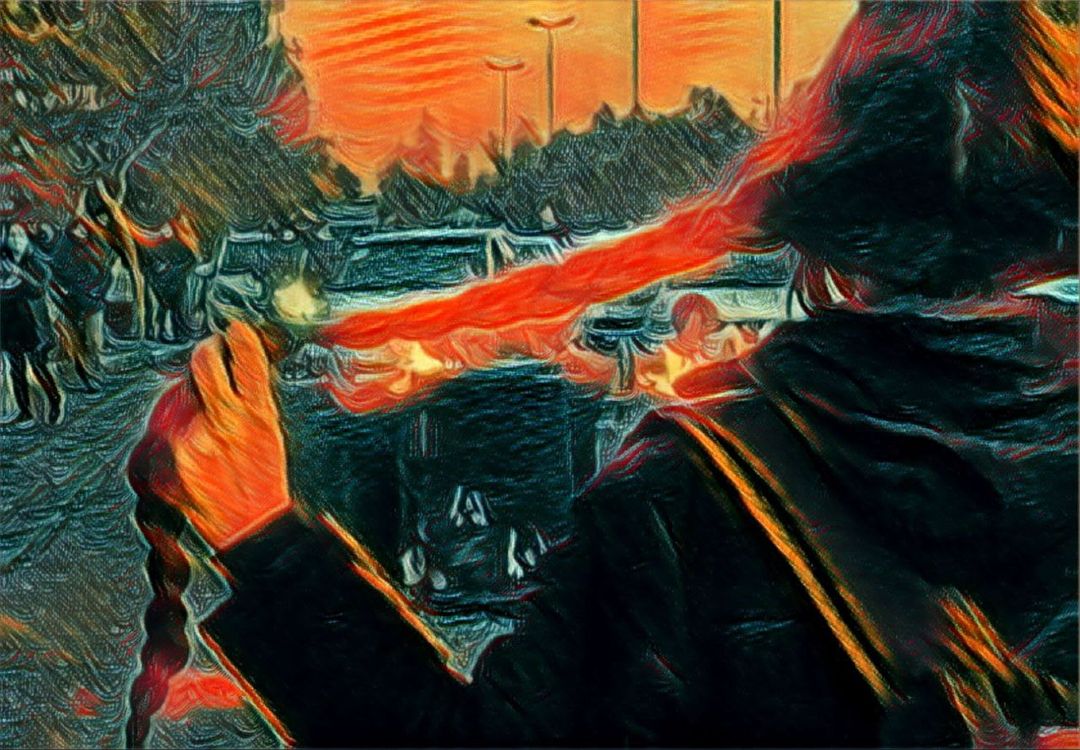
From Iran to Palestine:
The Shared Path of Liberation and Feminist Resistance•
This discussion revolves around the challenges and advancements of the Women, Life, Freedom Movement in Iran, which is resisting oppressive measures by the regime, including gender oppression and increasing death sentences for protesters. The interview introduces a member of the Nasvan Revolutionary Committee, a secret women’s committee formed to address…
-
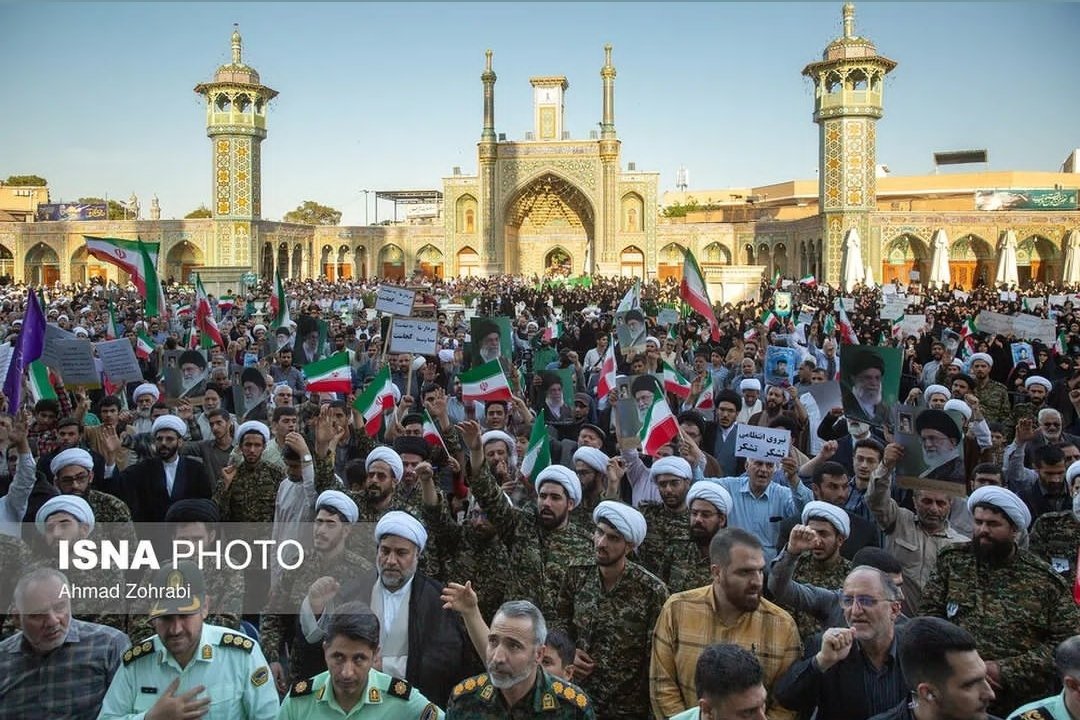
War on Women:
Tracing Nazi Tactics in Tehran’s Streets•
In an unprecedented regime resistance, Ali Khamenei the leader of Islamic regime in Iran introduced “Political Haram,” linking religious law with politics to fortify the ideological foundation of Iran’s regime. This ideological maneuver targets especially women protesters, expanding the state’s repressive measures. The enforcement integrates religious prohibitions with political suppression,…
-
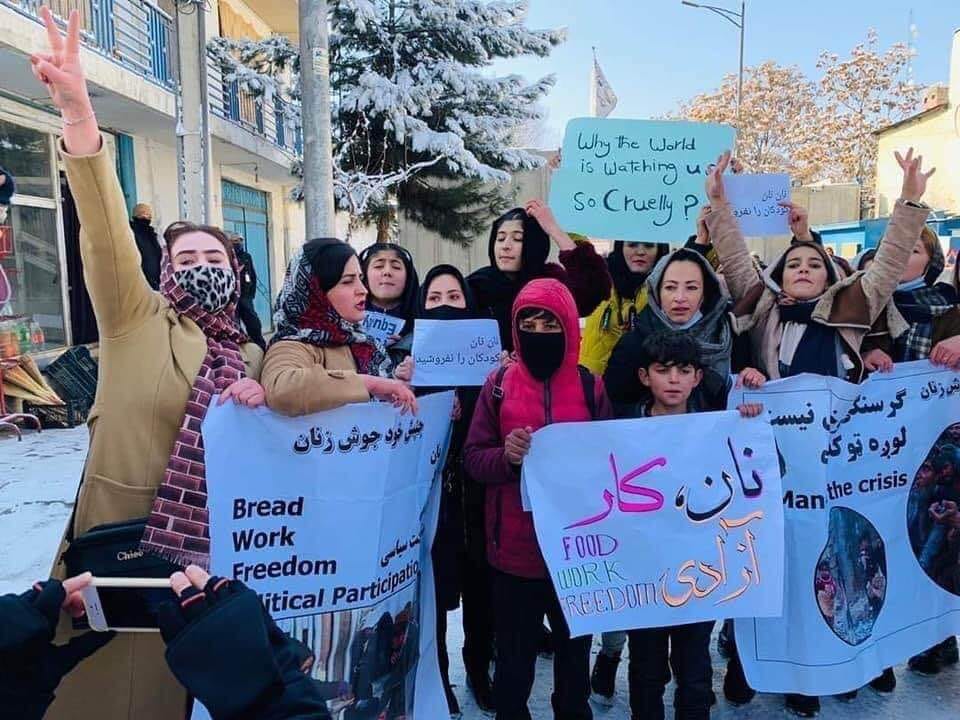
Voices Unheard: Afghan Women’s Fight Against Marginalization
•
The UN meeting on Afghanistan in Doha coincides with protests by Afghan women against Taliban rule. Parwana Ibrahim Khail, a known journalist and women’s rights activist, shared her experiences of imprisonment and torture under the Taliban, including a stoning sentence for alleged apostasy. Despite international outcry and support for these…
-
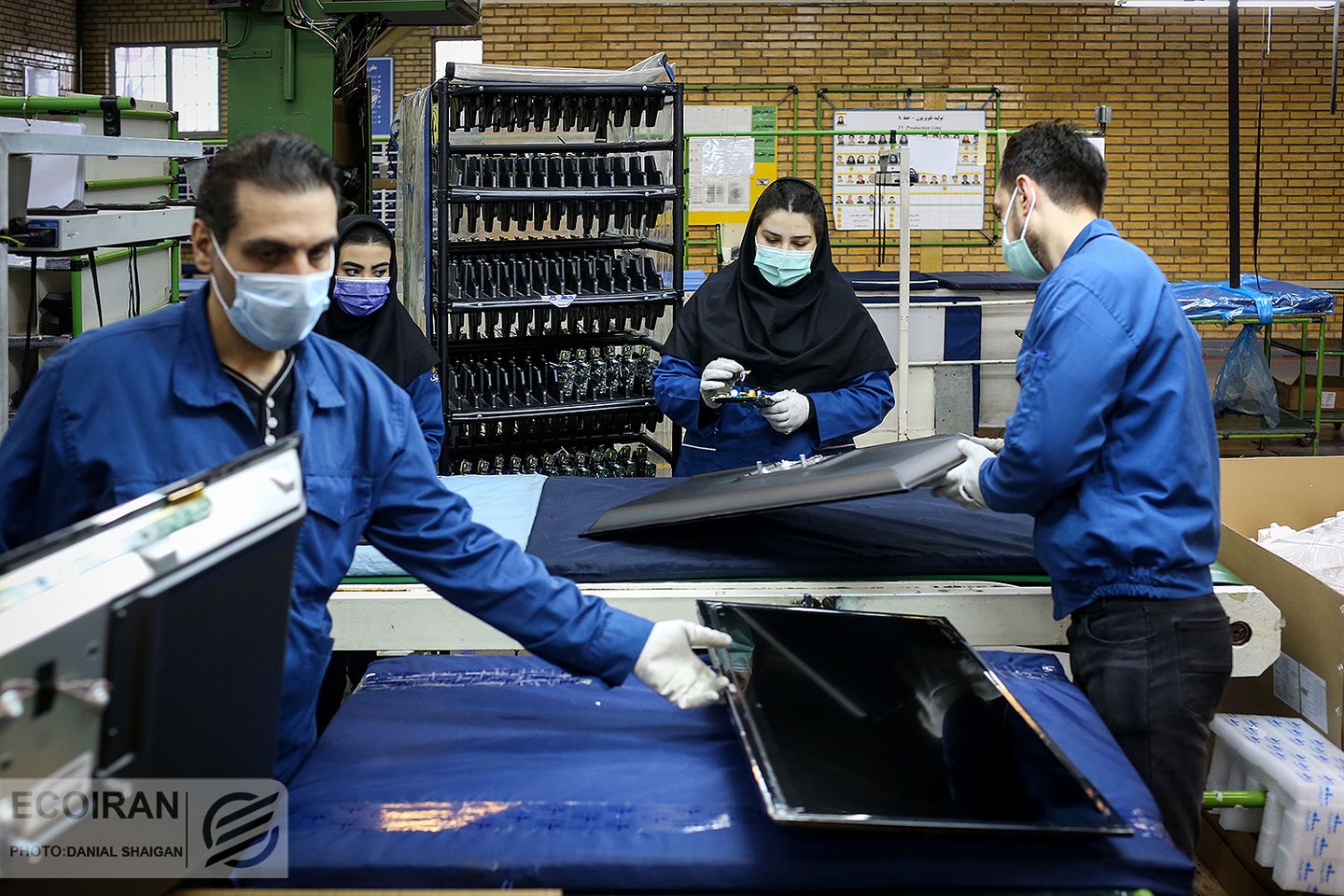
Iran: The Colonial Legacy of Women’s Exploitation
•
Iran’s Deputy Minister of Industry announced the closure of 6,900 industrial units, exacerbating unemployment and poverty, with women hit hardest. Official data shows women’s employment decreasing, with informal jobs, accounting for 70% of employment, leaving them vulnerable to exploitation and without legal or social protections. The patriarchal and misogynistic culture…



